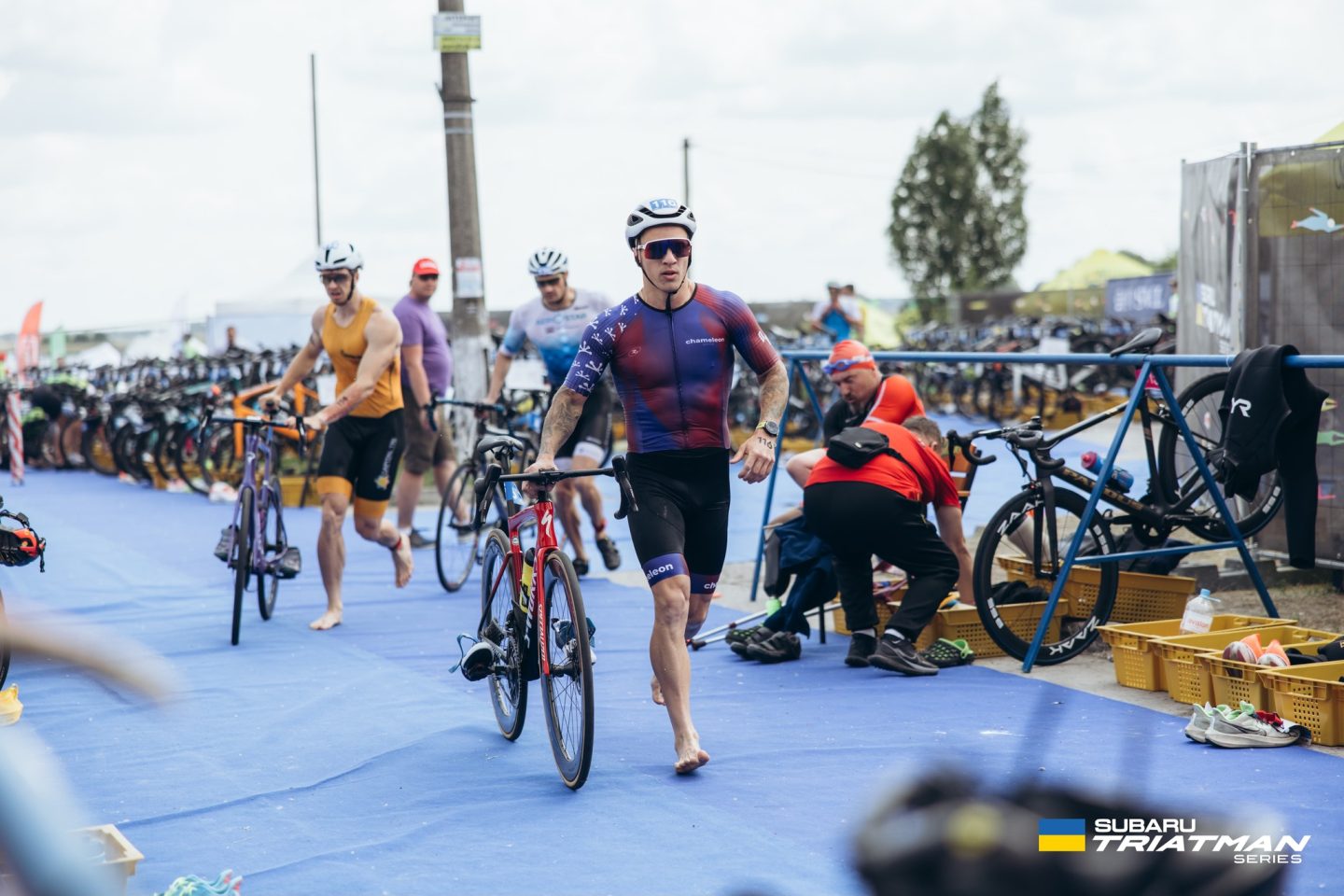The world of triathlons is more than an endurance sport; it’s a realm where the marvels of human physiology are displayed in all their glory.
The triathlon challenges the body in a myriad of ways, putting to test not physical strength but also mental fortitude.
Because each discipline has unique demands, triathlon requires both cardiovascular endurance and muscular strength.
By understanding the complex physiological processes and common injuries during a triathlon, we can appreciate how our bodies adapt to these intense challenges.

Physiology of Swimming in Triathlon
The triathlon journey begins with swimming. It requires a special combination of strength, endurance, and technique.
Swimming in a triathlon involves different muscles.
Among them, the main role is played by the back muscles, deltoid muscles of the shoulders, and quadriceps (front of the thighs).
The biceps and triceps (arms) help propulsion, while the core muscles stabilize the body.
From the point of view of the cardiovascular system, swimming is a unique exercise.
Unlike other sports, the horizontal position changes blood flow and puts an increased strain on the heart. It also makes it work harder, pumping blood against gravity.
Besides, the respiratory system adapts to rhythmic breathing.
Over time, this leads to an increase in lung capacity and efficiency.
Regular swimming training improves the body’s ability to transport and use oxygen, thereby increasing muscle endurance.
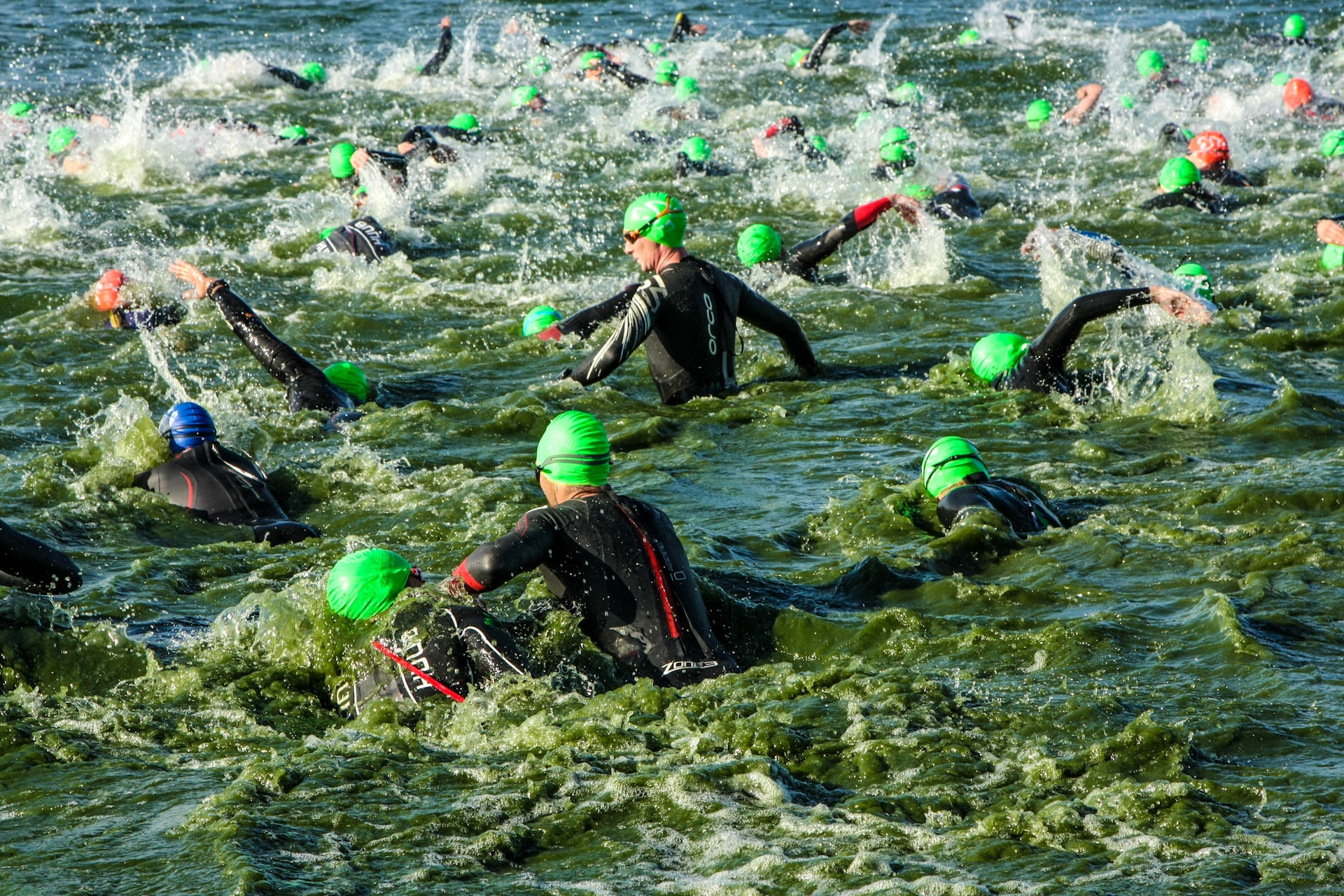
Physiology of Cycling in Triathlon
Emerging from the water, the athletes transition to cycling. This switch places different demands on the body.
The main muscles engaged during cycling include the quadriceps, hamstrings, and gluteal muscles.
The calf muscles also play an important role in maintaining pedal stroke, while the core and upper body contribute to stability and power.
Aerobically, cycling is a complex interplay of energy systems. Initially, anaerobic metabolism provides quick bursts of energy.
However, to maintain endurance, the body soon switches to aerobic metabolism.
This system relies heavily on cardiovascular efficiency and the ability to deliver oxygen to the muscles.
Regular cycling training can lead to significant physiological adaptations.
Such as increased muscle strength, improved pedaling efficiency, and increased aerobic capacity.
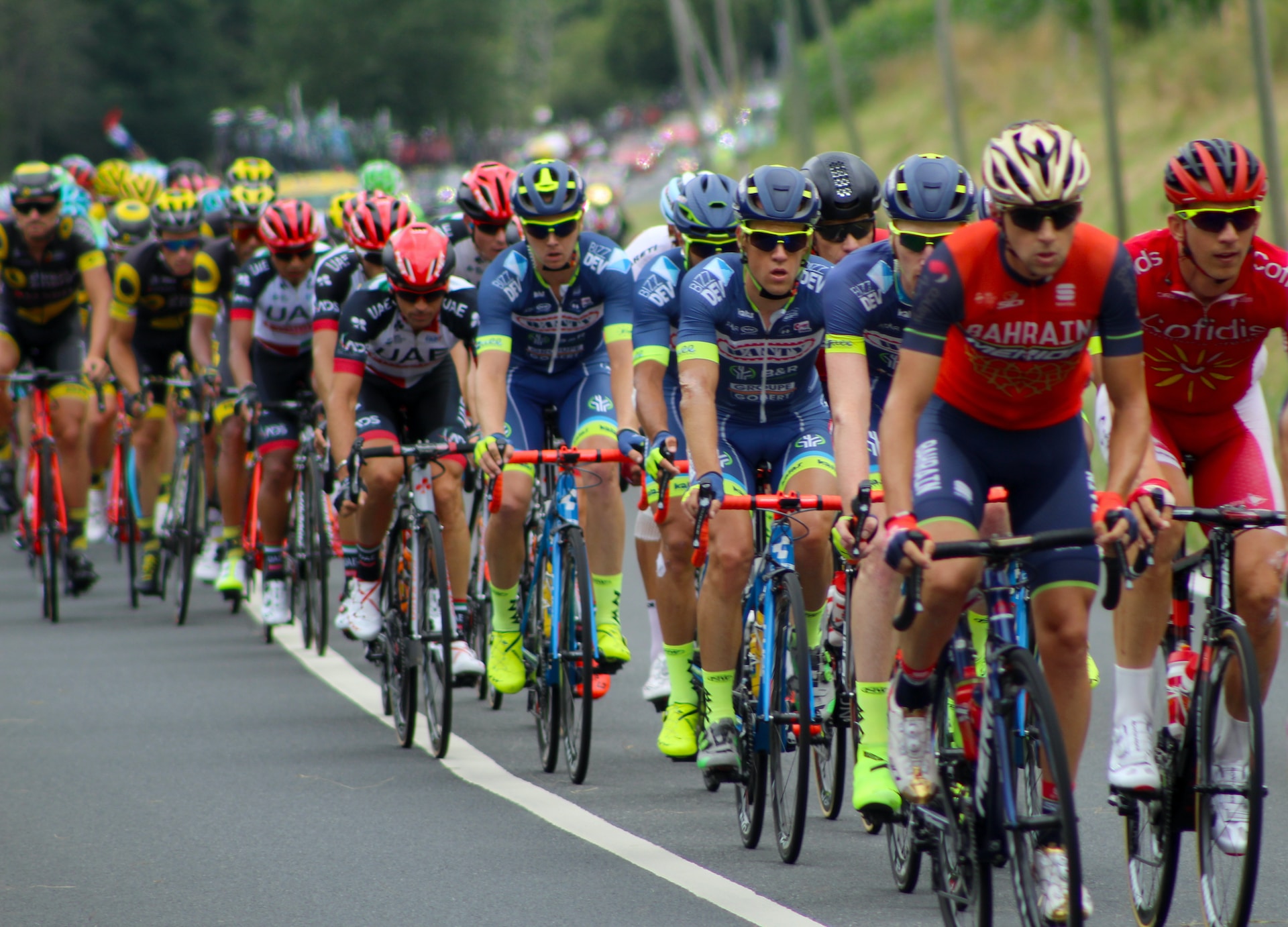
Physiology of Running in Triathlon
The final act of this tri-disciplinary feat is running.
By this point, the body has already undergone significant physiological stress and has to grapple with cumulative fatigue.
The muscles employed during running include the gluteals, quadriceps, hamstrings, and calf muscles.
The core muscles play a key role in maintaining stability. Wonder if running can give you ab muscles? Check this article to find out.
Aerobic running tends to increase your heart rate to higher levels than swimming or cycling.
It places significant stress on the cardiovascular system.
Effective energy management becomes crucial to prevent the depletion of glycogen stores, commonly known as “hitting the wall.”
Regular running training enhances the body’s ability to utilize fuel sources efficiently, thereby improving endurance.
Also, don’t forget about special running suits that will help you cope with this activity more easily.
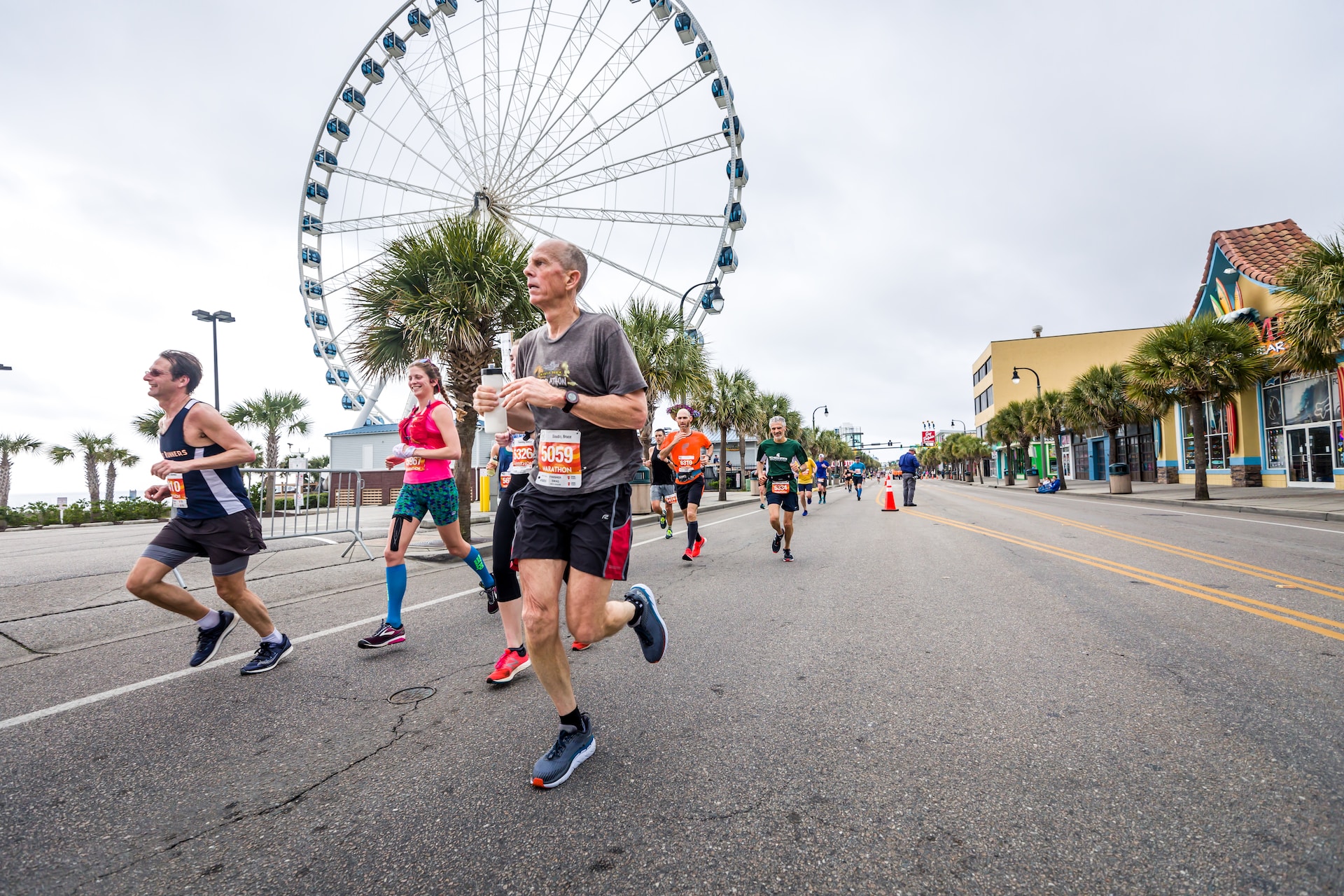
The Interplay of Disciplines – Transition and Endurance
One of the most interesting aspects of triathlon physiology is the transition between disciplines.
This requires the body to switch the focus on muscle groups.
It also means managing changing cardiovascular loads over short periods of time.
This is where adaptability comes to the fore. Athletes can then train their bodies to cope with these transitions more through regular “brick” workouts
Endurance, a cornerstone of triathlon, is rooted in long-term physiological adaptations.
The density of mitochondria increases in athletes, which contributes to the production of energy in cells.
Simultaneously, the body becomes more adept at burning fat as a fuel source, preserving vital glycogen stores.
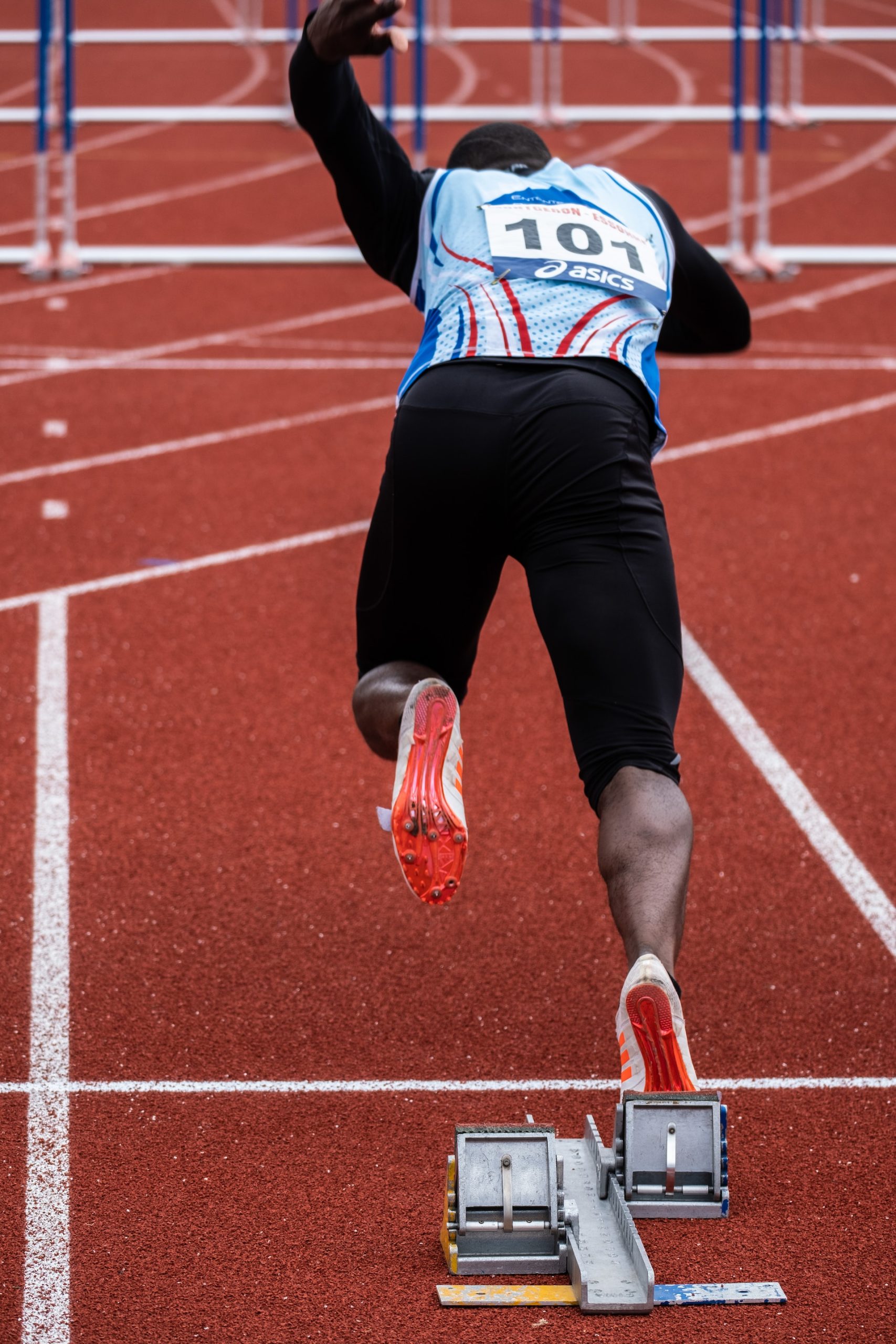
Understanding Metabolic Demands and Nutrition
A triathlon is a long-duration event that relies primarily on the aerobic energy system.
This metabolic pathway involves the breakdown of carbohydrates and fats in the presence of oxygen to produce energy.
Over time, the body becomes more efficient at utilizing these energy sources.
First of all, sparing glycogen reserves and increasing reliance on fat stores.
Nutrition, so, plays a critical role in the triathlete’s physiology.
Consuming a diet rich in complex carbohydrates can maximize glycogen stores.
While adequate protein intake ensures muscle recovery and growth. It is very important to stay hydrated and replenish electrolytes lost through sweat.
This is necessary to maintain optimal body function during a triathlon.

The Impact of Triathlon on Mental Health
It’s important not to overlook the psychological aspects of triathlon participation.
Completing a triathlon is as much a mental challenge as it is a physical one.
The long hours of training and competition require mental toughness for sports, focus, and a strong sense of motivation.
Regular endurance exercise like triathlon training can lead to the release of endorphins, often referred to as ‘feel-good hormones’.
This can lead to improved mood, reduced stress levels, and adaptation and Recovery – The Key to Progress
The physiological changes that occur as a result of triathlon training do not occur during the activity itself.
They happen during recovery periods.
After training, the body starts various adaptation processes.
They help repair damaged tissue, replenish energy reserves, and increase strength and endurance.
This is why adequate rest and recovery are as vital as the training itself.
Ensuring proper nutrition, hydration, and sleep after training can help these recovery processes.
Over time, these adaptations result in increased stamina, improved efficiency in each discipline, and an enhanced ability to handle the rigors of triathlon.

Conclusion
The triathlete’s body is a testament to the incredible adaptability and resilience of human physiology.
Through constant training, the body learns to navigate the challenges of swimming, cycling, and running.
It develops the endurance and efficiency needed to succeed in a triathlon.
Understanding these physiological processes allows athletes to be more aware.
This means training smarter, performing better, and appreciating the wonderful capabilities of their bodies.
As we continue to explore the world of triathlon in our series, we will delve into different areas.
Training techniques, nutrition tips, injury prevention, and more. So stay tuned!




